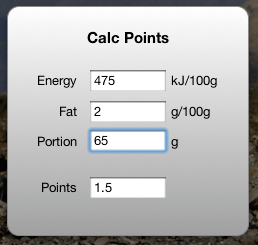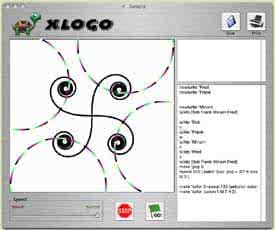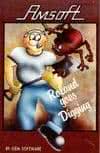We have just ended a three month free trial with DVD Unlimited, and we will not continue with their service. We got the trial as part of buying our TV, so it did not hurt us to try.
Things I liked:
- DVDs arrived in the mail
- You could return the DVDs in the mail
- You could keep a movie for as long as you want, this would work well for games (not that we got any of the games from our request list)
- We got to see lots of foreign movies, as there seems to be no queue on these
Things that I did not like:
- I’m not sure we ever got any DVD in the top ten of our 20+ DVD selection list
- I’m not sure any of the DVDs we received would be ‘new release’ at the local video shop
- Three of the first four DVDs didn’t play error free. While they have a good swap program, it was a disappointing start, especially when the movies were not worth replacing, but only ‘watch it because we have it‘ quality
- The movie suggestion system never had any results
- When rating movies, the “0 1 2 3 4 5” text link based ratings where hard to read, and also hard to gauge meaning of the levels. I really like how Amazon use bright stars, with text describing the meaning of that level eg “It’s ok”, “I like it”, “I love it”. This allows you to know others will interpret those statements the same
- They have lots of TV series, which is good if you want that, but I don’t and there’s no way to say “stop showing me all these freaking TV shows”, well there is a “not interested” button, but that seemed to have zero effect
- When rating lists of DVDs I found it highly disturbing how the next item is auto focused/scrolled. Once you learned what was happening, it sort of worked, but only if you had not scrolled the window, otherwise its auto jump feature moved incorrectly
- It was very hard to find the details of our plan, and the options on how to handle our monthly limit where not in line with our trial limit. The limiting feature told us our plan was 10, but only gave the option of “4 movies a month(your limit” which it wasn’t
- I didn’t like their terms and conditions, one of which includes that you are not allowed to link to them. Fine no Google juice for you!
- Over the last week, after logging on to the site, the site shows this prompt:
“NAME_OF_MOVIE was awesome, don’t you think?
Your Rating: 0 1 2 3 4 5
Write Review“
No, I already told you it was crap (1), so stop asking. But there it is again - There is a pressure to watch DVDs when they arrive so you get your $$ worth. I guess this happens if you rent too many movies from a rental shop also…
So over all, $28 x 3 months for 20 DVDs which I’m sure I could rent for $1 each, plus fast post each way equals
Cost: $84 > Value: $60, so even if I’m generous and cost each DVD at $2 each + pp ($2), that brings the value to $80, which still below cost.



